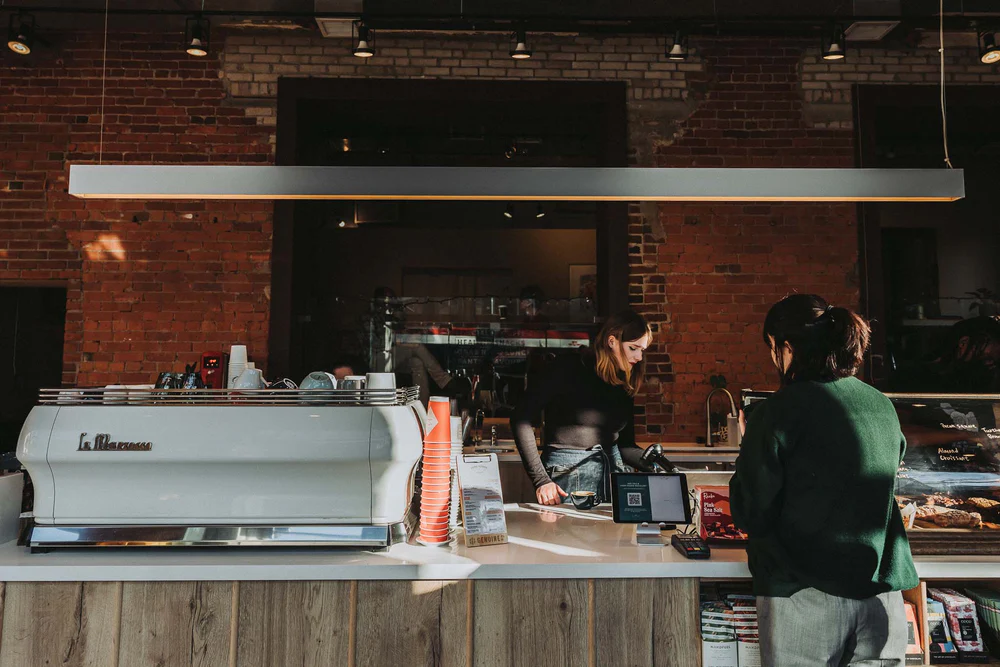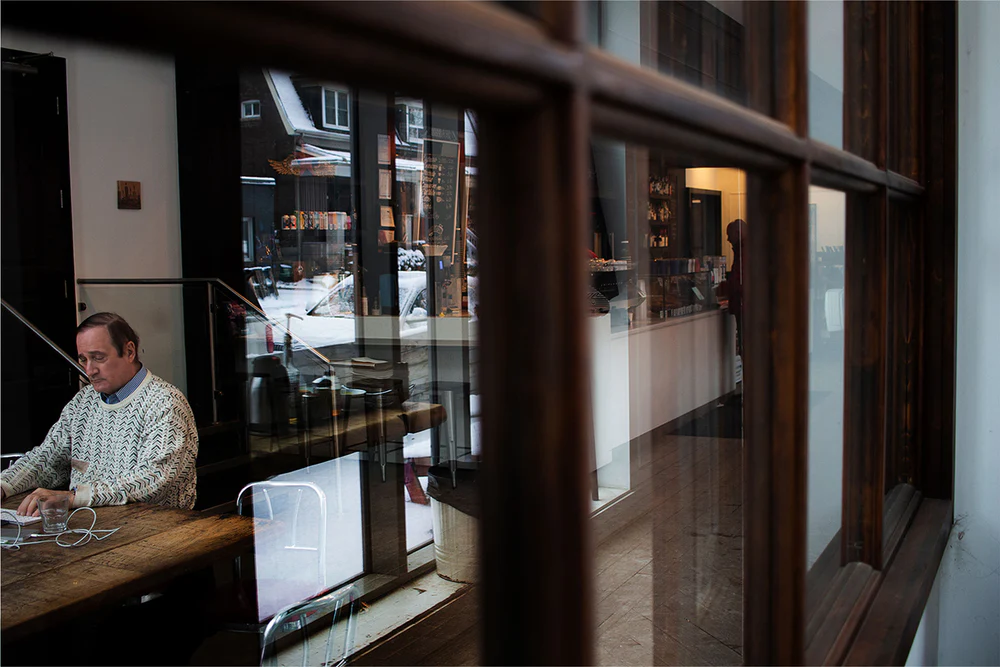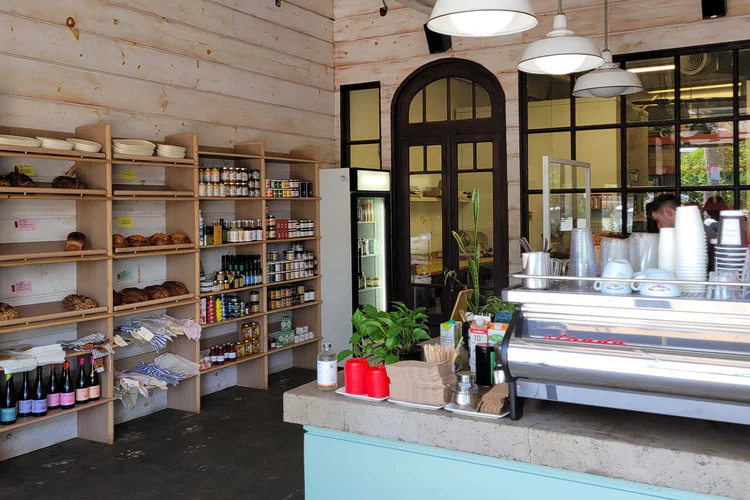Dark Horse Espresso Toronto Brews More Than Coffee
In the heart of Toronto’s evolving coffee culture, Dark Horse Espresso Bar rises as a defining space within the city’s third wave coffee community. Known for championing quality, connection, and creative energy, Dark Horse functions as a social hub where conversations flourish, strangers meet, and people return not just for the caffeine, but for the sense of place.

How Dark Horse Espresso Toronto Began in Riverside
The story begins in 2006, in Toronto’s east-end neighborhood of Riverside. At the time, Riverside was on the cusp of change – gritty, affordable, and filled with potential. Co-founders Deanna Zunde and Ed Lynds recognized that something was missing: a communal place where neighbors, creatives, and newcomers could gather around something simple and essential, great coffee.
The vision wasn’t rooted in commercial ambition, but in a personal belief in hospitality and community. Drawing inspiration from European cafés and Toronto’s own independent coffee pioneers, they opened the first Dark Horse Espresso Bar on Queen Street East. It was a modest space with an intentional design: a long, handcrafted communal table made from salvaged wood served as the centerpiece. That table set the tone: welcoming, unpretentious, and built for people to meet, talk, and stay awhile.

From its earliest days, the café wasn’t merely about the product; it was about what that product could facilitate. It quickly drew locals, writers, designers, small business owners, and offered something missing from the big-box café experience: a living room for the neighborhood.
Embracing the Third Wave Ethos
Dark Horse emerged in tandem with the global third wave coffee movement, and quickly became one of Toronto’s most recognizable names within it. Third wave coffee reflects a philosophy that treats coffee as an artisanal product rather than a commodity. Rooted in sourcing, craftsmanship, and transparency. It emphasizes direct relationships with farmers, sustainable sourcing, single-origin beans, light roasting to highlight terroir, and a focus on method and craft. Baristas in third wave cafés are treated like chefs: trained, thoughtful, and skilled in their craft.

Dark Horse doesn’t compromise on any of these values. Beans are sourced with care, menus shift with seasonal offerings, and preparation is handled with expertise. But third wave coffee isn’t only about technique. At its core, it’s about connection—to the bean, to the process, and most importantly, to the people. That’s where Dark Horse shines.
How Dark Horse Espresso Toronto Built a Citywide Community
After the success of its first café, Dark Horse began to expand organically into other neighborhoods that mirrored Riverside’s early energy, places on the edge of transformation, full of creative potential. Locations opened in Queen West, Spadina, the Canary District, and even inside Indigo in Bloor-Yorkville. Each one maintained the brand’s identity but responded to the personality of its surrounding community.
This expansion never diluted the mission. Each café serves as a third place in its own right, welcoming students, freelancers, musicians, consultants, and curious passersby. At every location, there’s an energy that suggests something more is happening here: an idea being pitched, a relationship being formed, a break from the noise of the city.
Designing for Connection
Step into any Dark Horse location today and you feel it immediately. The interior design invites pause and presence.

Exposed brick, reclaimed wood, clean lines, and expansive windows all contribute to a space that feels at once grounded and open. There’s intention behind every material choice and layout decision. Communal tables create shared space for people who don’t know each other—yet. Plants soften corners, shelves with books and art cue curiosity, and the low hum of music adds a steady rhythm to the room.
People don’t just come in to take their drinks to go, they stay. They work, chat, think, write, decompress. The space supports those rhythms without needing to direct them. And that’s exactly what makes it so vital.
Coffee as Culture
Dark Horse Espresso Bar stands out as a defining chapter in Toronto’s café evolution. It reflects a deeper truth: when you prioritize care, creativity, and connection, a coffee shop becomes part of the city’s cultural fabric.
With roots in Riverside and branches across downtown, Dark Horse proves that third places still matter, and that the third wave, at its best, isn’t only about beans or brewing methods. It’s about how we gather, where we linger, and the stories that take shape across a shared table.
